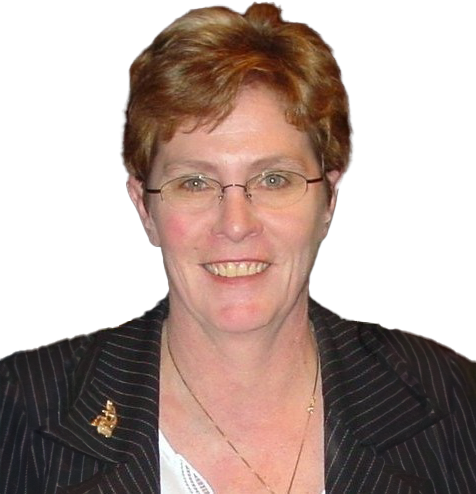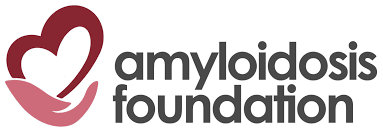Amyloidosis Foundation President Mary O’Donnell answers questions about the organization’s work in amyloidosis
AL amyloidosis is a rare, progressive and life-threatening disease that leads to the production and aggregation of misfolded toxic light chain proteins. These aggregates cause problems in the body’s circulation, depositing in the heart and kidney, leading to damage and organ failure. Patients often present with a wide range of general symptoms that are common to other conditions — fatigue, weakness and numbness, to name a few — which unfortunately can lead to prolonged and/or incorrect diagnosis.
March is Amyloidosis Awareness Month, so we sat down with the president of Amyloidosis Foundation, Mary O’Donnell, to learn more about the organization’s work in amyloidosis.
Q: What inspired you to become involved in the rare disease community, and specifically, amyloidosis?
A: My husband was diagnosed with AL amyloidosis in April of 2002. In 2003, we decided to start a nonprofit to try to raise funds to support research for amyloidosis. Unfortunately, he passed in July of 2004, but I decided to continue with the foundation’s efforts to support research for systemic amyloidosis. So, I have been involved in the amyloidosis community for over 20 years.
Q: How does the Amyloidosis Foundation provide support patients and caregivers?
A: The foundation supports patients and caregivers by providing accurate and current information about the disease via pamphlets and phone calls. We help patients find knowledgeable doctors by developing a listing of clinics/doctors whom we know specialize in various types of amyloidosis. In addition, we keep a listing of resources where patients might find financial assistance for treatments.
Q: Why is Amyloidosis Awareness Month important?
A: Amyloidosis is a rare disease and there are several different types of disease. Amyloidosis Awareness Month was established to make the public more aware of the disease, as well as it’s signs and symptoms. Often celebrated by lighting up porches, buildings, bridges and more with red light, our hope is that just a handful of people to ask, “why the red light?” Then it is a successful effort. Since 2019, hundreds of public facilities and hundreds of families have participated in “Light the Night” to raise awareness for amyloidosis.
Q: What do you see as the primary need for rare disease patients and caregivers?
A: An early diagnosis of amyloidosis is critical for patients, as the earlier treatment begins, the better the prognosis is. In addition to diagnosis, availability of getting treatment and being able to afford said treatment is also critical. That is why continuing research and development of treatments is imperative.
Learn more about AL amyloidosis here and check back later this month to hear firsthand from an AL amyloidosis patient on advice for those affected by the disease.

